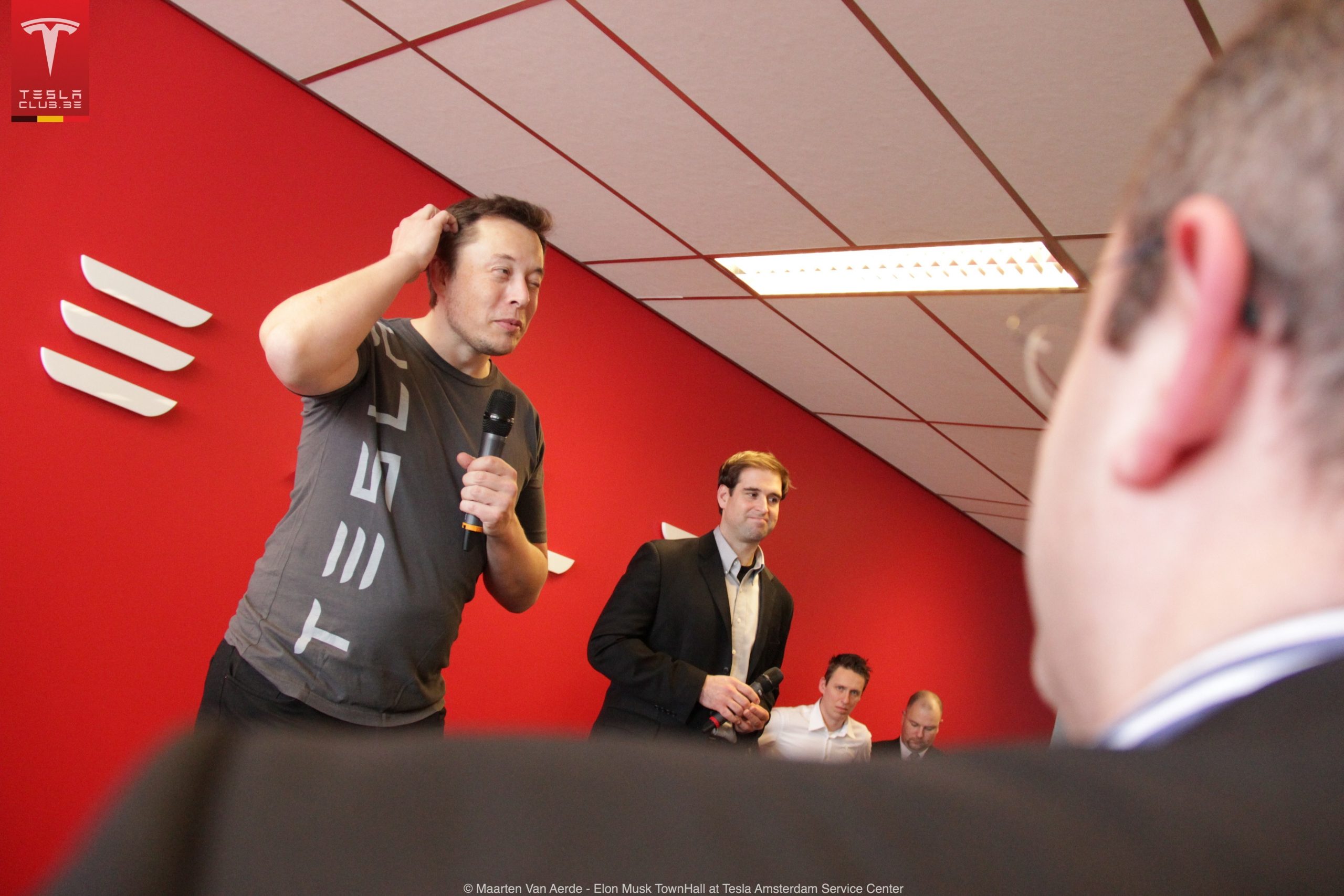When faced with a global semiconductor shortage in 2021, Tesla showcased the essence of adaptive leadership. Instead of succumbing to production delays, the company re-engineered its software to work with alternative microchips, maintaining output while competitors stalled. This ability to pivot under pressure exemplifies the importance of agility and resilience in leadership, particularly during times of crisis. In an era defined by uncertainty—whether caused by supply chain disruptions, market upheavals, or technological shifts—adaptive leadership has emerged as a critical framework for navigating change.
At its core, adaptive leadership thrives on the ability to embrace uncertainty and complexity. Traditional, hierarchical approaches often fall short in unpredictable situations, where decisions must be made rapidly with incomplete information. Leaders who succeed in these conditions understand that flexibility is key, and they are unafraid to challenge the status quo. This mindset was evident in Tesla’s decision to rewrite its software, demonstrating that innovation often arises from necessity. By seeking alternative solutions and thinking beyond established norms, adaptive leaders can turn challenges into opportunities.

However, successful adaptation is rarely the result of one individual’s brilliance. Collaborative problem-solving is an essential component of adaptive leadership, as no leader can single-handedly address every aspect of a crisis. Encouraging input from diverse voices within an organisation ensures that decisions are informed by multiple perspectives. This approach not only generates more creative solutions but also builds a sense of ownership among teams. Studies, such as McKinsey’s research on organisational resilience, highlight the importance of inclusive collaboration during crises, noting that businesses fostering open dialogue and teamwork tend to recover faster.
Equally critical is the role of communication. Transparent and consistent messaging reassures stakeholders and provides a sense of direction, even when outcomes remain uncertain. Leaders who communicate with honesty and empathy inspire trust, which is essential during times of upheaval. For example, during the Deepwater Horizon oil spill, BP’s eventual shift towards transparency and accountability helped rebuild public confidence and set a precedent for corporate crisis management. Clear communication not only aligns teams but also maintains external credibility, a factor that can determine whether an organisation emerges stronger from adversity.
Another hallmark of adaptive leadership is the ability to iterate and experiment in real time. In crisis scenarios, rigid plans often become obsolete as conditions evolve. Agile leaders understand the importance of testing solutions, gathering feedback, and adjusting strategies on the fly. This iterative approach is exemplified by Netflix’s pivot from DVD rentals to streaming—a decision that redefined its business model and ensured its survival in a changing market. By remaining open to change and fostering a culture of experimentation, organisations can stay ahead of the curve.
Underpinning these strategies is a steadfast commitment to core values. Crises often test an organisation’s ethical foundations, and leaders who prioritise integrity can build lasting trust. Decisions that align with an organisation’s mission and values not only guide behaviour internally but also strengthen its reputation externally. Patagonia, for instance, has consistently demonstrated value-driven leadership, balancing profitability with sustainability and social responsibility. Even during challenging times, the company’s unwavering focus on its principles has cemented its standing as a trusted and admired brand.
Ultimately, adaptive leadership is about balancing decisiveness with flexibility, collaboration with accountability, and short-term action with long-term vision. It requires leaders to embrace ambiguity while remaining grounded in their purpose. Whether rewriting software to overcome supply chain bottlenecks or reimagining a business model to meet new market demands, adaptive leaders guide their organisations through crises with agility and resilience. In a world where change is the only constant, the ability to adapt has become not just a leadership trait but a necessity for survival and success.




